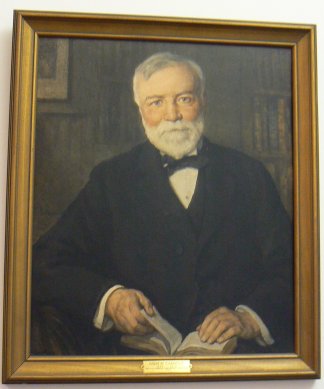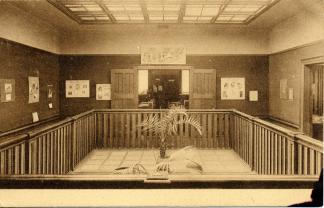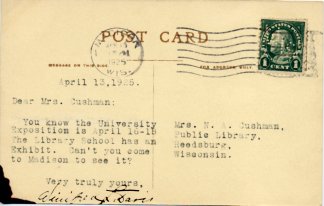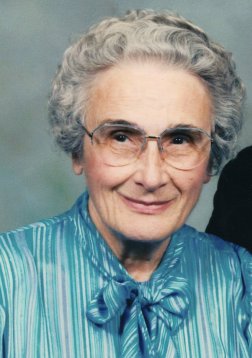 Jane K. Billings was born in Watertown, Wisconsin, June 10, 1916 and died in Clintonville June 26, 2004. She received a bachelor’s degree in library science in 1939 and an M.A. in library science in 1962 from the University of Wisconsin Library School. She served as Librarian of the Clintonville Public Library from 1939 to 1949. From 1949 until her retirement in 1982, she was high school librarian and later coordinator of library media services for Clintonville Public Schools.
Jane K. Billings was born in Watertown, Wisconsin, June 10, 1916 and died in Clintonville June 26, 2004. She received a bachelor’s degree in library science in 1939 and an M.A. in library science in 1962 from the University of Wisconsin Library School. She served as Librarian of the Clintonville Public Library from 1939 to 1949. From 1949 until her retirement in 1982, she was high school librarian and later coordinator of library media services for Clintonville Public Schools.
Billings had an outstanding record of leadership in the Wisconsin Library Association, for which her colleagues in WLA recognized her by naming her Wisconsin Librarian of the Year in 1963. She was President in 1947-49, after serving as Secretary in 1946-47. She had a particular interest in library personnel issues, reflected in her service on the WLA Certification and Civil Service Committee in the 1940s, when WLA worked closely with the Free Library Commission on the certification of public librarians. In 1958-60, she served on the WLA Professional and Personnel Problems Committee. Billings contributed to WLA’s legislative program throughout her career, always to be counted on to contact legislators on behalf of library legislation. In 1948, she represented WLA on the Joint Extension Committee with the Wisconsin Library Free Library Commission, which produced The Wisconsin-Wide Library Idea, an important basis for subsequent WLA legislative efforts. In 1970 and 1971, she had influential roles in WLA’s work toward Wisconsin’s first public library systems law. In 1972-74, Jane served on the Library Development and Legislation Committee. Other WLA committee work included the 1960-61 Special Committee on School Librarians’ Participation in WLA, which resulted in the establishment of the School Library Section of WLA.
The impact of Billings on the improvement of library service in Wisconsin was great, especially through her work on state-wide library development and interlibrary cooperation. Starting with her work on the WLA/WFLC Joint Extension Committee in 1948, mentioned above, which promulgated foundational ideas that were implemented through public library systems in later decades, her work in this area continued into the 1970s with service on the Wisconsin Task Force on Interlibrary Cooperation and Resource Sharing. In between, she served on the Division for Library Services Advisory Council on Library Development from 1965 to 1971 (chairing it in 1969-70) and was a member of the Wisconsin Legislative Council Advisory Committee on Library Laws Revision that wrote Wisconsin’s first public library systems law in 1970. She was an active part of the legislative network that worked to get this law enacted.
Billings was an outstanding school librarian, and she was generous in sharing her knowledge with others. She was a frequent presenter in conferences, workshops, and panels on school media center administration, standards, and materials selection. She was a popular teacher in courses on services and materials for young adults at the University of Wisconsin-Madison Library School in the 1960s and 1970s.
This Hall of Fame biography written by Charles Bunge.


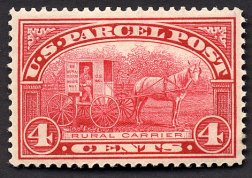 Parcel post
Parcel post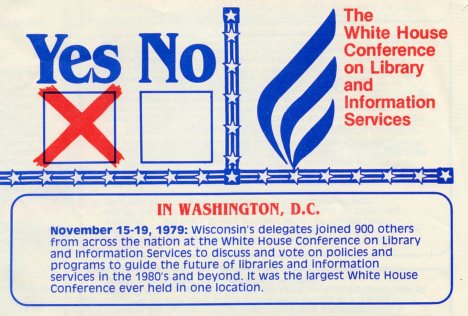
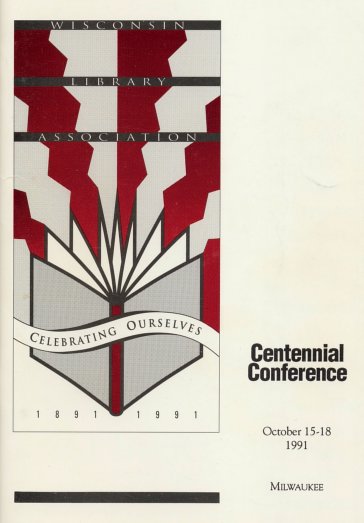
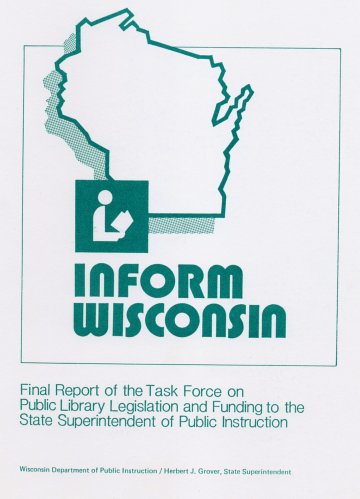



 When World War I broke out in Europe in 1914 the United States was officially neutral. However, it proved impossible for the United States to maintain its neutrality and on April 6, 1917, President Woodrow Wilson signed a declaration of war against Germany. The American Library Association saw an opportunity to provide library service to the men in the armed forces, and in June of 1917 it established a War Service Committee. During and after WWI the
When World War I broke out in Europe in 1914 the United States was officially neutral. However, it proved impossible for the United States to maintain its neutrality and on April 6, 1917, President Woodrow Wilson signed a declaration of war against Germany. The American Library Association saw an opportunity to provide library service to the men in the armed forces, and in June of 1917 it established a War Service Committee. During and after WWI the 